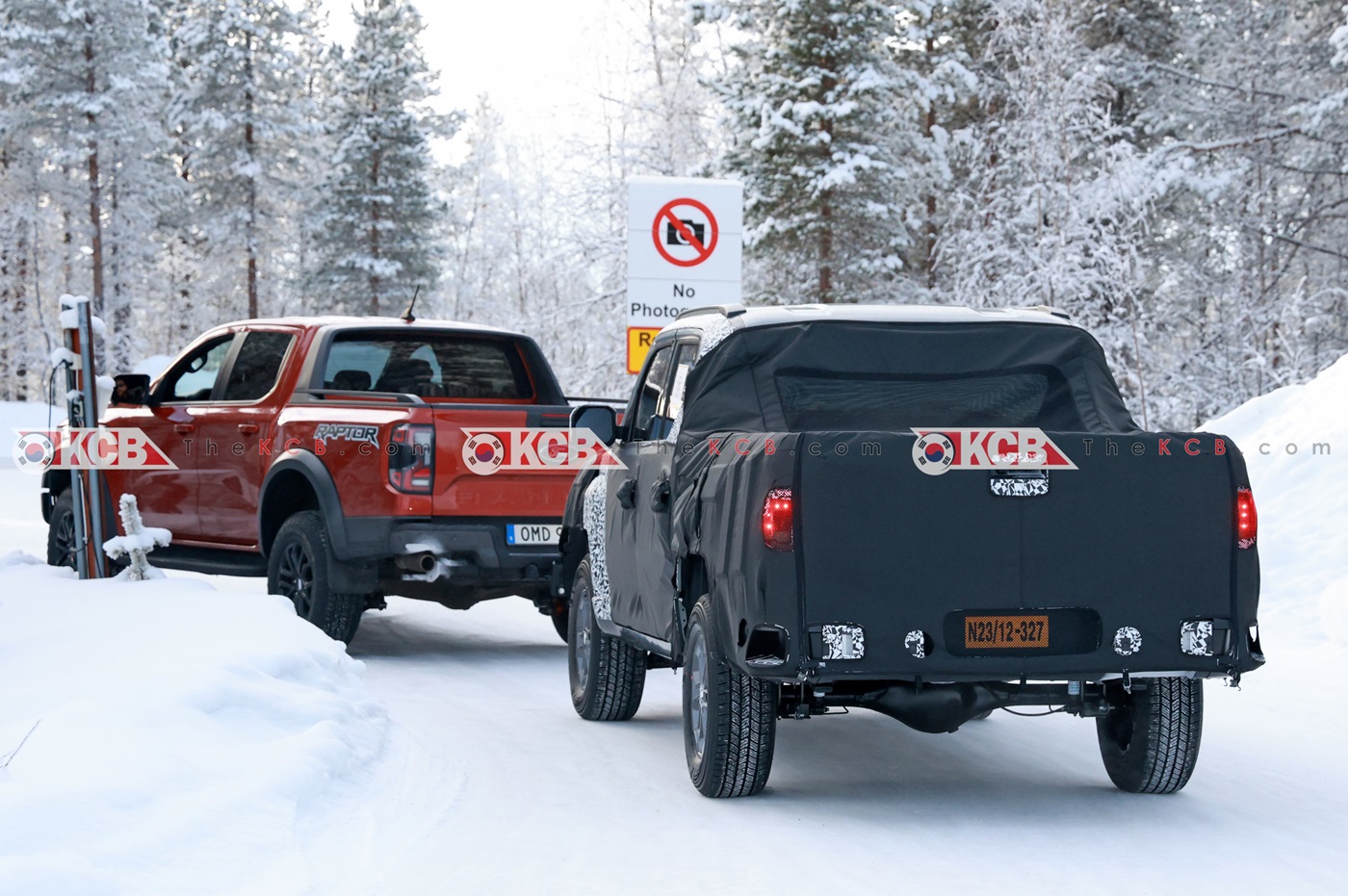The Kia Tasman is going after the Ford Ranger Raptor. The new Kia truck may have been caught with a Ford Ranger in the wild.
Truck battles are happening even though some options aren’t even out yet. The highly anticipated Kia Tasman pickup truck was spotted being tested alongside a Ford Ranger Raptor. Will the Kia Tasman be able to compete?
What to expect with the Kia Tasman
According to the Korean Car Blog, the boxy Kia Tasman truck could be based on the Kia Telluride or its cousin in other countries, the Kia Mohave. Both are midsize boxy SUVs with rugged features.
However, the new Tasman truck is still being spotted while wearing heavy amounts of camouflage, so we have to wait a little longer to see how its boxy style turns out.
Also, the Tasman has a massive target in its sites. It was spotted going head-to-head against the Ford Ranger Raptor, which is well-equipped for harsh off-roading conditions and desert racing.
In other countries, the Ranger Raptor has a twin-turbo 3.0-liter V6 engine with 288 hp. The American Ranger Raptor provides 405 hp.

The Tasman is rumored to feature a 3.0-liter turbo diesel engine with roughly 260 hp. It might need extra justice to catch the Ranger Raptor in Australia.
Also, we know that Kia has two trucks waiting in the wings. One will be a body-on-frame rugged off-roader, which is probably the Tasman. The other is expected to be a smaller, unibody electric truck.
Only one of these options will come to America. The chicken tax could prevent the Tasman from being affordable in the United States, but we aren’t giving up hope.
If the Tasman is available in the United States, it will have a gas-powered engine that meets our higher emission standards.
It’s not the best time to catch the new Kia truck being tested in Europe instead of America. But we should get more clues by the summer. If it’s already being tested, it could be production-ready.
Features like the built-in bumper step, convenient bed size, utilitarian cabin with upscale materials, and heated/ventilated seats have our motors running. Stay tuned for updates.
